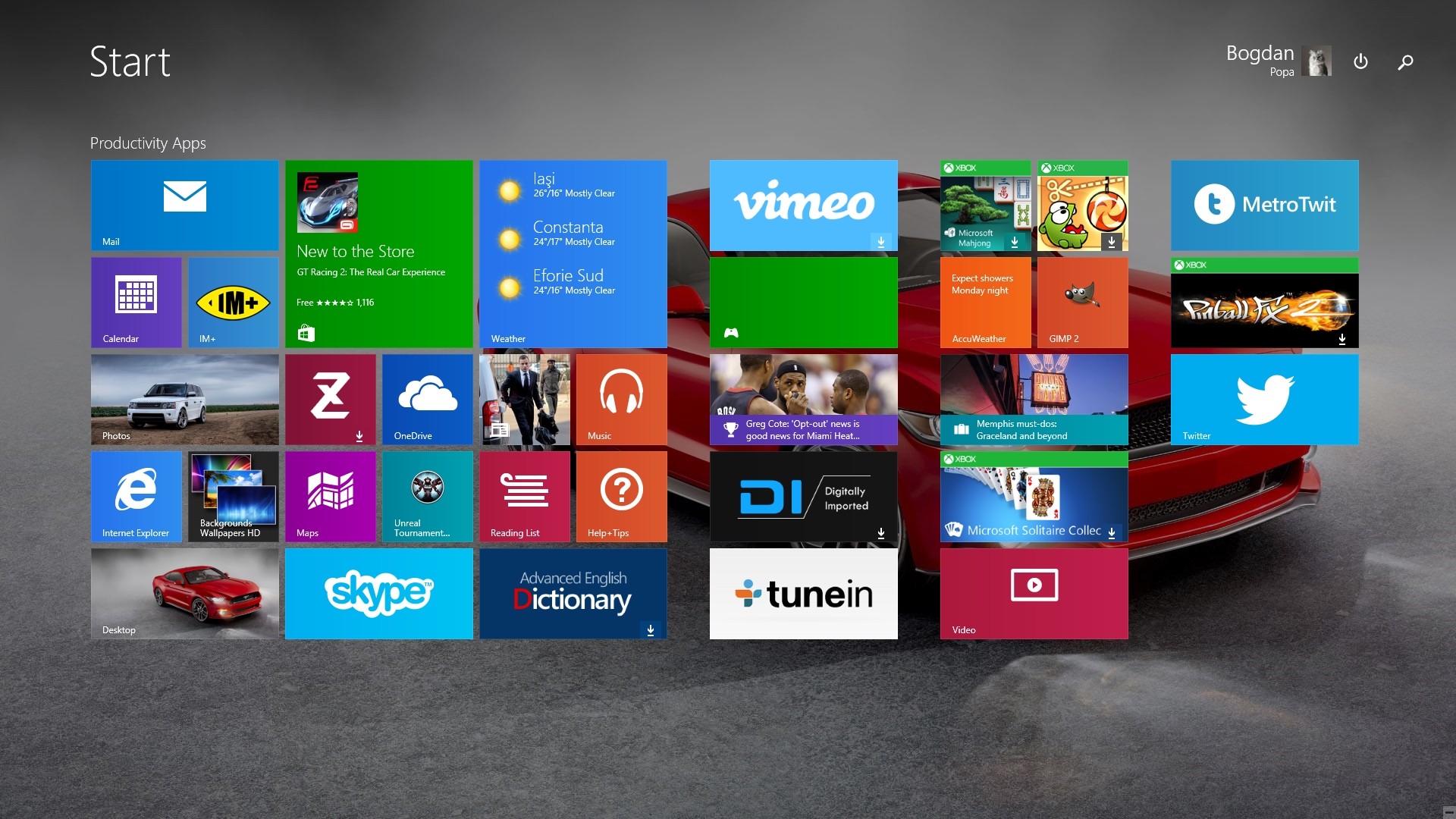
Regardless of how long Windows 365 runs or what your bandwidth is, it’s one flat cost.


Ease of Access and Ease of Useįrom a pricing standpoint, Microsoft made this easy. With VDI, you technically have a server with specs that are divvied up between the users, or you share all the resources. Now Billy can have a virtual PC with 2 CPUs (central processing units), 8GB of RAM and a 256GB SSD, and Johnny can have a virtual PC with 8 CPUs, 32GB of RAM and a 512GB SSD.Įach will have a different cost that’s the first big difference between Windows 365 and Azure VDI. In this new subscription-based model of Windows PCs, you can pick and choose what specifications your cloud PC will have. Just as 365 has easy subscription-based models for mailboxes (Exchange Plan 1, Exchange Plan 2 if you have a large mailbox), Microsoft has a plethora of 365 licenses to pick and choose from to get cloud services that suit your needs. Windows 365 is Microsoft’s new, easy to use, easy to deploy, virtual PC. To quote Microsoft, Windows 365 is your PC in the cloud. To answer that, we need to know what Windows 365 is and is not. With the recent preview of Windows 365, this new virtualization tool has me wondering… “What is the difference between Windows 365 and the traditional Virtual Desktop Infrastructure (VDI) environment?”

Luckily, Microsoft Windows 365 combines the power and security of the cloud with the versatility and simplicity of the PC. You’re used to current workflows, but you can’t completely forgo the efficiencies that come with the latest in cloud technologies, especially when growing your business. It’d be nice if everything you already knew how to use was simply ushered into the next tool. Adopting a new technology tool can sometimes feel like more trouble than it’s worth because of the steep learning curve.


 0 kommentar(er)
0 kommentar(er)
